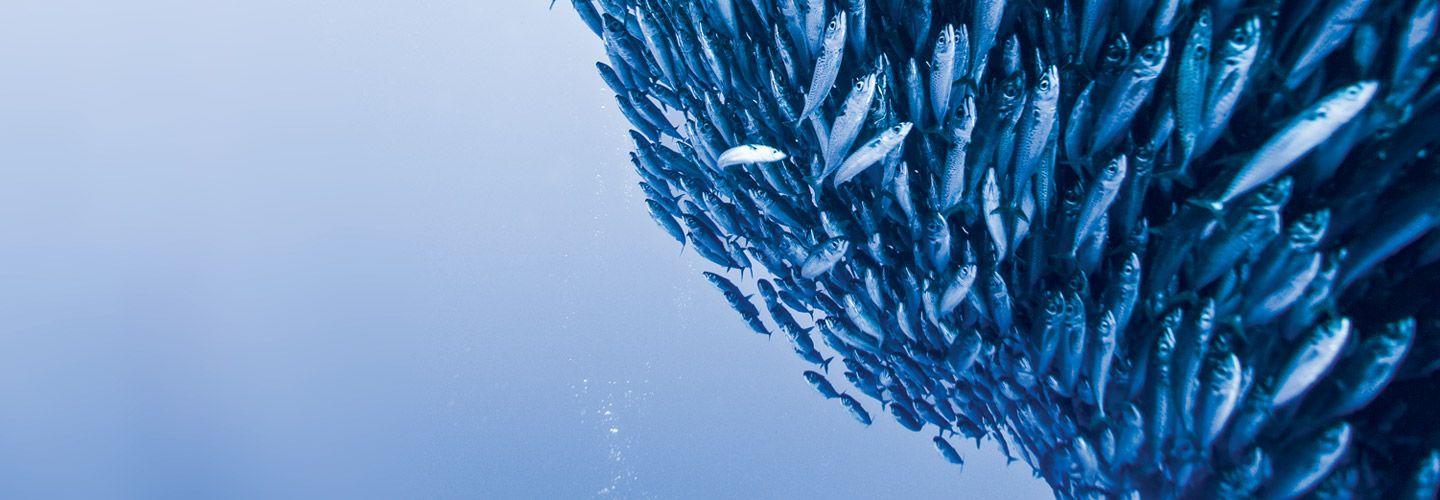In the middle of the North Atlantic Ocean lies an area known as the Sargasso Sea. Thick clumps of seaweed float on its surface, providing shelter for baby sea turtles. This stretch of water also functions as a breeding ground for endangered eels, a feeding stop for migrating whales, and a home for hundreds of other species—some found nowhere else on the planet. Its ecosystem is so complex that the Sargasso Sea is often called a “floating rainforest.”
The Sargasso Sea is a critical habitat in need of protection. Its marine life is threatened by overfishing and plastic debris. The Sargasso is so far from any country’s shores, however, that no one nation has the legal authority to fully protect the area.
More than half of the world’s ocean waters are in the same boat: They’re too far from shore to fall under the governance of any one country. Under international law, countries control only the waters within about 230 miles of their shores. The waters beyond that—known collectively as the high seas—belong to everyone.
The high seas cover about 80 million square miles and contain some of the most important and threatened ecosystems in the world. Only about 1 percent of those waters are protected—and very few rules exist about what can and can’t be done there.
In the middle of the North Atlantic Ocean lies an area known as the Sargasso Sea. Thick clumps of seaweed float on its surface. They provide shelter for baby sea turtles. This stretch of water is also a breeding ground for endangered eels, a feeding stop for migrating whales, and a home for hundreds of other species. Some of those species are found nowhere else on the planet. This ecosystem is so complex that the Sargasso Sea is often called a “floating rainforest.”
The Sargasso Sea is a very important place in need of protection. Its marine life is threatened by overfishing and plastic waste. The Sargasso is so far from any country’s shores, however, that no one nation has the legal authority to fully protect the area.
More than half of the world’s ocean waters are in the same boat. They are too far from shore to be governed by any one country. Under international law, countries control only the waters within about 230 miles of their shores. The waters beyond that are known as the high seas. They belong to everyone.
The high seas cover about 80 million square miles and contain some of the most important and threatened ecosystems in the world. Only about 1 percent of those waters are protected. Very few rules exist about what can and cannot be done there.

